Want to Buy a Classic Porsche? Here Are 10 Limited Edition 924s That Aren't Selling for Bonkers Prices
There are few better ways to get instant recognition as a connoisseur of cars than to drive a classic. People will applaud your discerning taste, your unique choice in an age of appliance automobiles. Good for you!
You’ve decided to get something German because you like your 1970s classic to run. And you’d like a sports car, which pretty much makes Porsche your default choice. Few models now generate the collective automotive “OOoooo!” of the air-cooled 911. It’s so cool, it’s backwards!
But then you find out what classic 911s cost. If you’ve been living under a rock recently, prices for classic and rare 911s are through the roof. One of the last great air-cooled models just sold at RM Sotheby’s London Auction for £1,848,000. I’ll save you some quick math: that’s $2,460,242 USD at time of writing.
As you wipe the coffee from your screen, allow me to suggest it doesn’t have to be this way. You, too, can have an obscure, classic Porsche for only around 1/1000th the price of an air-cooled 911.
The 1970s were a transitional time for Volkswagen and Porsche. Three key developments rolled out over the decade, culminating in the central character in our story: the Porsche 924.
First was Volkswagen’s attempt to recapture and rebrand the mostly defunct Audi marque. Rising from the ashes of the Mercedes-Benz-owned era, Audi would be the upscale branch of the Volkswagen group. Though ostensibly most of the Audis would be based upon Volkswagen models, in fact there were a few like the B series that went the other way. The B1 Audi 80 would usher in a new era of front-engine, water-cooled, front-wheel-drive Volkswagen/Audi products. It was the other two changes that were perhaps more revolutionary.
Both Porsche and Volkswagen needed to revise their aging fleet of cars. Both were still relying on 1930s technology, effectively, and with fuel crises and increasing focus on vehicle emissions, both moved towards new platforms with front-engine, water-cooled designs. In their own way, each was successful, but it’s hard to deny that the Golf was the real keeper. At Porsche, two new platforms emerged: the top-flight 928 and the diminutive, Volkswagen-borrowed project 924. While it was the V8 that got all the laurels and headlines, the 924 proved to be a successful model and the basis for many enthusiast favorites later.
Now some 40 years on, the 924 has emerged as one of the best kept collector secrets in the Porsche world. As 911s have rocketed out of sight in value, the four-cylinder has been largely ignored as an also-ran. But even though it was the “poor man’s Porsche,” the 924 has many things going for it as a potential collector on a reasonable budget.
First, they were pretty expensive even in period, ranging from around $11,000 up to just north of $20,000 by the end of the run — and that meant they were treasured by owners who were clearly happy the brand offered an entry-level option. That means it’s still possible to find 924s today in relatively decent shape.
They’re also quite cheap because the market continues to pretend that, in general, they don’t exist. Except some racing and limited models, which their respective owners seem to think are worth a hundred grand, you can buy just about any 924 for under $10,000 — and most for well under that amount. Repairs and upgrades are relatively inexpensive, too, because there is a fair amount of parts interchangeability with other models.
So far this is shaping up well!
Since we’re talking about Porsche, we must immediately recognize its special models.
Porsche can hardly make it through a week without dreaming up some special edition, and the same was true in the 1970s and 1980s. As a result, there were an almost comical number of special edition models of the Porsche 924, each one with a slightly different character. Since there were a lot (relatively speaking) of Porsche 924s produced — approximately 121,000 in total — you may want to differentiate yourself from all those other plebeian 924 owners with a special model. But which one is for you?
1976/7 Porsche 924 Martini Championship Edition
A well-named model, this special edition celebrated the Martini-run Porsche World Championship in 1976. While visually they were ready for the front row of a race series, sway bars were the only performance upgrade. Otherwise, the model received Martini racing stripes on a dipped white body and more red velour than a brothel in Amsterdam.
Why buy: You think everything should have Martini racing stripes.
1978 Porsche 924 Limited Edition
This limited edition came with two-tone Dolomite Gray Metallic/Silver Metallic paint, fog lights and special non-red velour inserts in the seats. That’s about it. Oh, you got sway bars again. This is a Porsche, after all.
Why buy: You don’t think everything should have Martini racing stripes and you like seeing through the fog.
1979 Porsche 924 Limited Edition Sebring ’79
Poised to celebrate race victories at — surprise! — Sebring in Florida, Porsche launched the Sebring ’79 model. These 924s featured red paint with yellow and orange stripes, giant “924” decals on the front to announce your arrival, and enough plaid inside to make a lumberjack jealous. Fog lights returned, since Sebring is partly raced at night. There were effectively no performance upgrades.
Why to buy: You want a full size Hot Wheels® model.
1979 Porsche 924S
Technically, it doesn’t exist, which makes everyone all hot and bothered. But if you ticked option code M471 when ordering your 924 for the 1979 model year, Porsche provided a host of performance upgrades: brakes, wheels, sway bars, and special “S” decals for the hood. Good luck finding one.
Why buy: You enjoy memorizing option codes and don’t want a BMW.
1980 Porsche 924 Le Mans
Basically, this is a Martini edition with the Sebring’s strip colors. That, and Turbo-spec ATS alloys. It’s also easily confused with the more popular Le Mans/Special Edition ’88 below. However, this one didn’t come to the U.S., so you may as well forget about it altogether.
Why buy: You’re totally obscure and a Francophile.
1981 Porsche 924 Weissach Limited Edition
Don’t like Florida? Not to worry. Porsche has its own test track in Weissach and, of course, it named one of its 924s model after after it. This one came in a special color (!!!) with special interior (!!!). But wait, there’s more: this 924 had 15-inch ATS two-tone alloys borrowed from the Turbo model and a rear spoiler.
Why buy: You like the look of the Turbo without the performance of the Turbo and you remember when 15-inch alloys were a big deal.
1979-1983 Porsche 924 Turbo
There were few ways to be cooler in the ’80s then by slapping “turbo” decals on everything. Even better was actually having a turbo, the perfect have-your-cake-and-eat-it-too scenario. The 924 finally became a “real” sports car with forced induction, and there were several upgrades over the run. The biggest change, and the one to look for, was the later addition of 5-bolt ATS wheels (or the rare 16-inch forged wheel option and accompanying M471 performance options if you want to really pedantic). Five bolts meant rear disc brakes — and you want that.
Why buy: You enjoy performance to go with the look of your car. And ducts. Lots of ducts. Oh, and protracted warm-up and cool-down procedures.
1988 Porsche 924S
After killing off the 924 briefly, Porsche realized that the 944 was pretty expensive. It’s solution was to take the 944 engine, brakes, and suspension, then cram them into a 924 chassis. Finally, Porsche gave the 924 some performance to back up its looks. It was popular, with some 16,000 produced, the bulk of which came to the U.S.. The ones to get are the unspoken upgraded models. 1988 had a bump in compression just before closing the run out, resulting in 160 horsepower.
Why buy: You think you’re cleverer than everyone else.
1988 Porsche 924S Special Edition
Just before the curtain closed on the 924S, Porsche released a final special model. It was called the “Le Mans” edition in Europe, while the U.S. model was creatively dubbed “Special Edition.” What you got was less: manual windows, no passenger side mirror, lightweight maroon-striped cloth, and any color you wanted as long as it was black. This was a defacto Club Sport model Porsche never chose to offer on the regular 924 (if you want to get really, really pedantic, there was a Club Sport 924 Carrera GTS). Slightly larger rear wheels, integrated mudflaps, M030 Koni adjustable suspension, the higher-output M44/09 and one of the most seldom seen editions make this the secret weapon of the 924 lineup.
Why buy: You actually are cleverer than everyone else.
If you’re really a 924 fan, you’ll note I skipped the Carrera GT, GTS and GTR models — all very limited production — mostly because they’re extremely expensive today.
Truth be told, 924s aren’t for everyone, but they’re fun to drive and you can snap up one of these reasonably reliable classics on a budget. Outside of the Turbo, which is currently enjoying a bit of limelight, the 924 — and especially the late 924S models — are a great way to get Porsche credentials and enthusiast recognition without the market insanity surrounding their air-cooled brethren.
[Images: Flüssig Magazine]
More by Carter Johnson
Latest Car Reviews
Read moreLatest Product Reviews
Read moreRecent Comments
- Corey Lewis It's not competitive against others in the class, as my review discussed. https://www.thetruthaboutcars.com/cars/chevrolet/rental-review-the-2023-chevrolet-malibu-last-domestic-midsize-standing-44502760
- Turbo Is Black Magic My wife had one of these back in 06, did a ton of work to it… supercharger, full exhaust, full suspension.. it was a blast to drive even though it was still hilariously slow. Great for drive in nights, open the hatch fold the seats flat and just relax.Also this thing is a great example of how far we have come in crash safety even since just 2005… go look at these old crash tests now and I cringe at what a modern electric tank would do to this thing.
- MaintenanceCosts Whenever the topic of the xB comes up…Me: "The style is fun. The combination of the box shape and the aggressive detailing is very JDM."Wife: "Those are ghetto."Me: "They're smaller than a Corolla outside and have the space of a RAV4 inside."Wife: "Those are ghetto."Me: "They're kind of fun to drive with a stick."Wife: "Those are ghetto."It's one of a few cars (including its fellow box, the Ford Flex) on which we will just never see eye to eye.
- Oberkanone The alternative is a more expensive SUV. Yes, it will be missed.
- Ajla I did like this one.



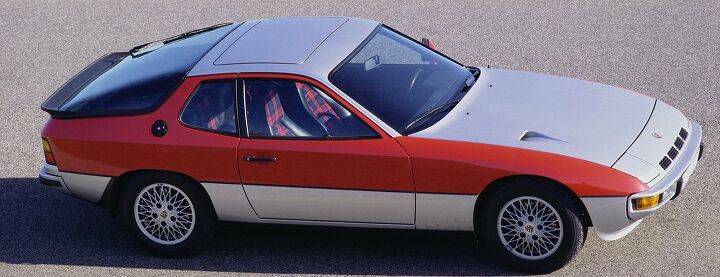






















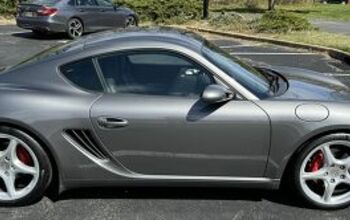
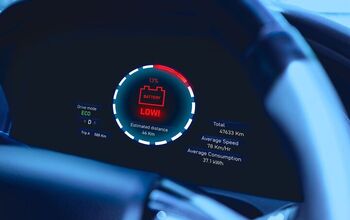
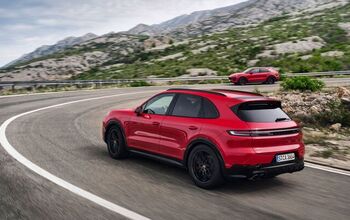
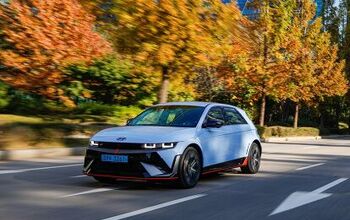
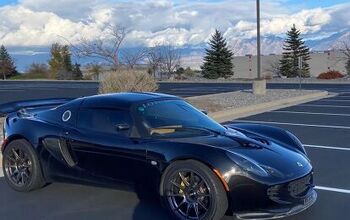
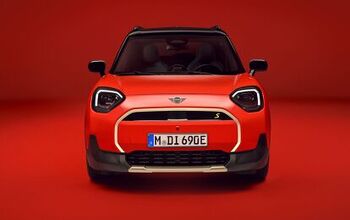
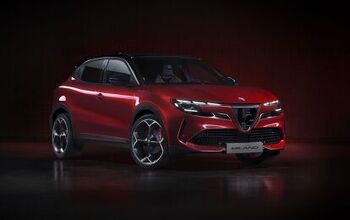
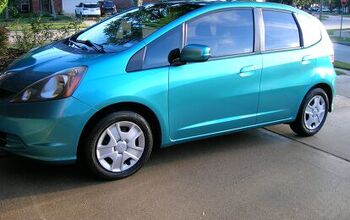

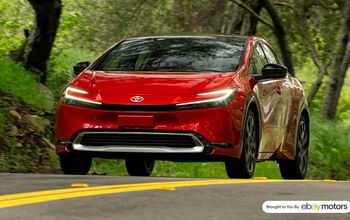

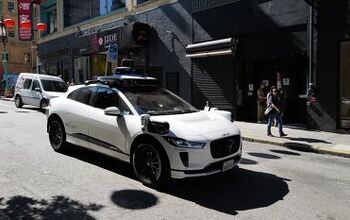
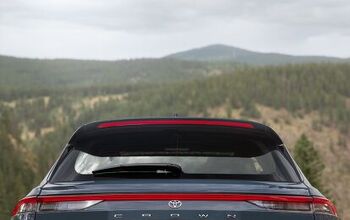
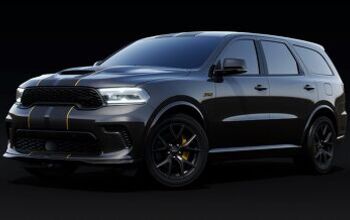

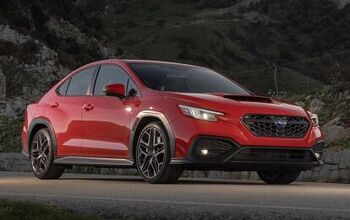
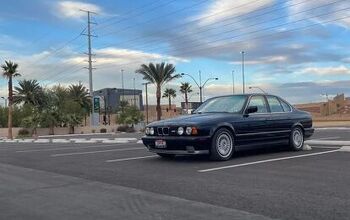

Comments
Join the conversation
"You, too, can have an obscure, classic Porsche for only around 1/1000th the price of an air-cooled 911." Not anymore.
I can't imagine how few are left. During the late 70's and early 80's I worked on "Poorsh's" to pay for my engineering school habit. I have never seen cheaper plastic than what Porsche put in those damn things. Late 70's cars were already heaps of hydrocarbons in the early 80's. The Datsun Z-cars were mechanically superior but they didn't have the coveted Stuttgart crest on the nose.